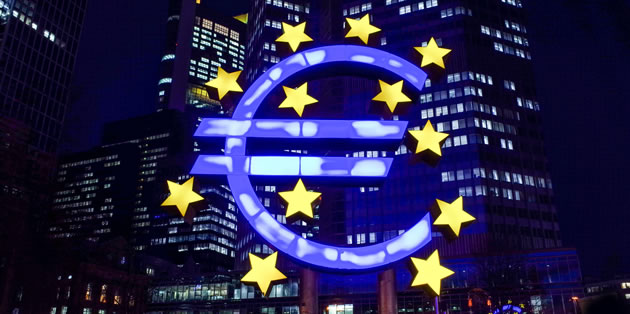The Euro to Pound Sterling (EUR/GBP) exchange rate advanced on Thursday after inflation across the Eurozone was shown to have exited negative territory in April. The currency pair is now forecast to reach its highest level in 3-weeks as fears over deflation in the Eurozone eased.
The Euro to Pound Sterling (EUR/GBP) Exchange Rate Strengthened To A Session High Of 0.7267
Is the Spanish economy on the mend?
The Euro got the session off to a strong start as Gross Domestic Product (GDP) data showed that the Spanish economy continued to improve in the first quarter of 2015. The Spanish economy grew by 0.9% in the first quarter to add to the preceding quarter’s growth rate of 0.7%. Economists had been forecasting for a growth rate of 0.8%.
The rate of growth was the fastest seen since the end of 2007 and was bolstered by a recovery in household spending. The data adds to hopes that Eurozone GDP could beat the 0.3% of the UK and the 0.2% of the USA.
‘It shows that reforms work. It should help reduce unemployment much further and thus political fragility and it serves as a shining example to Greeks of what their country could have if its government finally returns to the path of virtue Sustained performances like this. In particular, when core countries like Austria and Belgium underperform, show that the periphery can grow faster than the core of the Eurozone. Economic strength in the Eurozone can converge again, which raises the attractiveness of euro membership to potential new members,’ gushed Berenberg economist Christian Schulz.
German unemployment falls to 24-year low
Following on from the Spanish data, was a report out of Germany, which showed that unemployment in the Eurozone’s largest economy fell to the lowest level in 24 years. The number of Germans out of work fell by a seasonally adjusted level of 8,000 to 2.792 million. The drop was slightly less than economists had been expecting but nonetheless it was a strong figure.
The unemployment rate, which measures the jobless total against the working population as a whole, stood at 6.4% in April. The figure was unchanged from March and was the lowest level since West and East Germany reunited after the fall of the Berlin Wall in 1990.
The big supporter for the Euro however was data, which showed that the currency bloc has exited its four-month long run of deflation.
According to Eurostat, inflation inched higher from -0.1% to zero in April. The main cause for the rise was an increase in food, alcohol and tobacco prices. Core inflation held at 0.6%.
Taking some of the shine off the day’s positive news was Eurozone unemployment data. The report showed that unemployment failed to improve in March. The jobless rate remained at 11.3%, despite expectations for a dip to 11.2%. Overall 18.1 million people are out of work across the Eurozone. Until that number begins to drop significantly, it is still too early to suggest that the Eurozone’s economic woes are behind it.
Euro to US Dollar Exchange Rate Hit A Session High Of 1.1250
The US Dollar fell to a 2-month low against the Euro and is forecast to remain under pressure after the Federal Reserve delivered a rather dovish policy statement and data showed that the world’s largest economy expanded at a far slower rate than expected in the first quarter of 2015.
The ‘Greenback’ could weaken further later in the session if the latest US jobless claims and personal income data disappoint.



